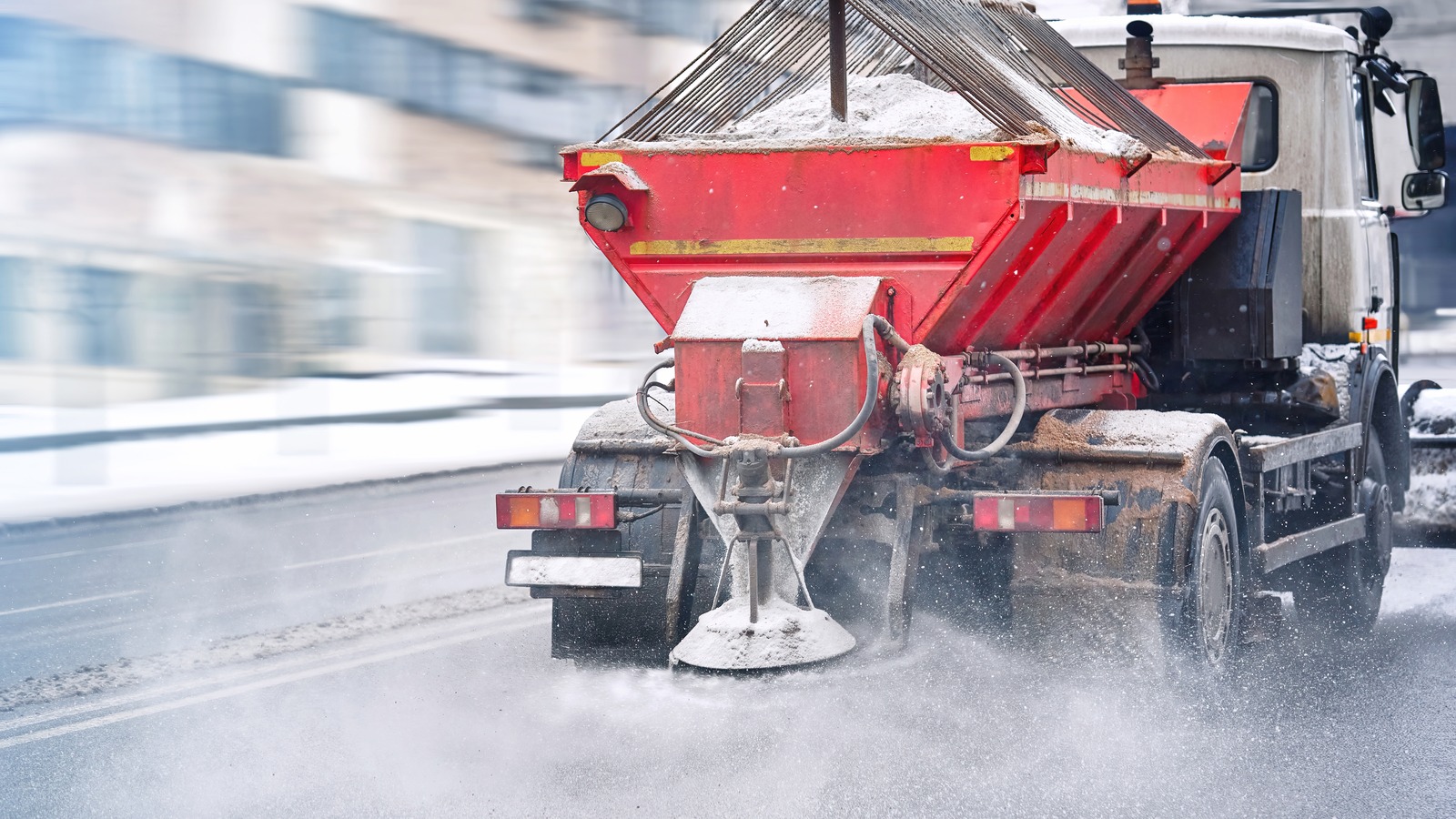Road salt, which is primarily composed of sodium chloride, is a common tool against winter ice in maintenance arsenals. However, its effectiveness is temperature-dependent. It works well when temperatures are above 25 degrees Fahrenheit, but as the mercury dips, its efficiency wanes, especially in darkness. Between 15-25 F, road salt can still be somewhat effective, particularly in daylight. Below 15 F, however, its ability to melt ice diminishes significantly.
Because of the chemical makeup of road salt and its limitations at frigid temperatures, other ingredients are added, such as calcium magnesium acetate, calcium chloride, potassium acetate, potassium chloride, sugar, some brines, and even beet juice. While more expensive, these additives and alternatives are more effective in lowering the freezing point of water and helping to improve road conditions.
Despite the availability and effectiveness of these alternatives, not all regions utilize them, due to the cost savings of using road salt. In some areas where temperatures frequently drop into the teens, plain road salt may fail to prevent the formation of black ice and re-freezing. This highlights the importance of using these alternative deicing agents in colder climates to ensure road safety.
While road salt is a useful tool in certain temperature ranges, its limitations at lower temperatures prompt the need for more effective alternatives, especially in regions that experience extreme cold.







